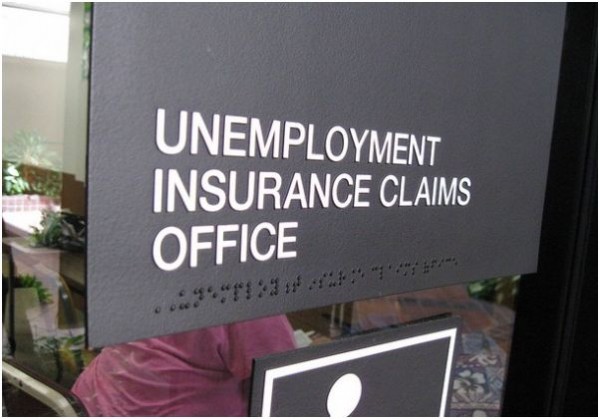First-Time Unemployment Claims Unexpectedly Rise Again


The number of first-time unemployment insurance claims rose again last week by 4,000. The seasonably adjusted initial claims was 372,000 in the week ending August 18. The 4-week average also rose from 364,250 to 368,000.
As reported last week, the number of initial jobless claims continues to fall between the 350,000 to 400,000 range we have seen this year. Analysts still expect modest job creation for the month, but the uneven numbers from week-to-week suggest that mending in the labor market is still too slow to make a significant impact on the overall unemployment rate.
The seasonably adjusted insured unemployment rate for the week ending August 18 was 2.6%. This rate has remained unchanged for the last three weeks, but is down from this time last year when the rate was at 3.0%.
The unexpected rise in unemployment claims means uncertainty over the current state of the economy will likely continue for both consumers and job creators. The labor market is looking better than it did a month ago, but it is recovering too slowly to boost confidence. It is difficult for many consumers to look at the labor market from the proper perspective when there are economic burdens that distract them such as rising gas prices.
If these numbers continue like this until the end of the month the unemployment rate will likely remain in the statistical stalemate it has been in for the past few months. We are in the slowest economic recovery in our nation’s history, and there hasn’t been anything substantial to improve market outlook among voters.
Some reports indicate that the Federal Reserve might take action to spur economic growth if the job numbers in August are not enough to indicate a notable improvement in the market. Economists at the Fed could reveal a bond buying program to stimulate economic growth, but we will not know until their next meeting in mid-September.
The approaching US “fiscal cliff” also has some worried about how the slow-to-recover labor market will be affected. The term ‘fiscal cliff’ is used to describe the combination of tax hikes and spending cuts that will go into effect in January due mostly to Republicans and Democrats on Capitol Hill refusing to work together. This includes $1 trillion in automatic spending cuts and the expiration of the Bush-era tax cuts across all tax brackets.
The non-partisan Congressional Budget Office released a report on Wednesday that analyzed the impact the “fiscal cliff” will have on the economy. Their findings suggest that we will see significant improvement in the national deficit, but the country may also go into recession and the unemployment rate will rise to about 9%.
Economists believe that sizable growth in the labor market by the end of the year could soften the impact these tax hikes and spending cuts will have on the projected market outlook if members of Congress continue to do nothing, but there has yet to be any sign that job growth will see dramatic improvement in the near future.
For now, it is important to remember that we are seeing improvement. We continue to see persistent job growth. It is just too slow at the moment to have a noticeable impact.



